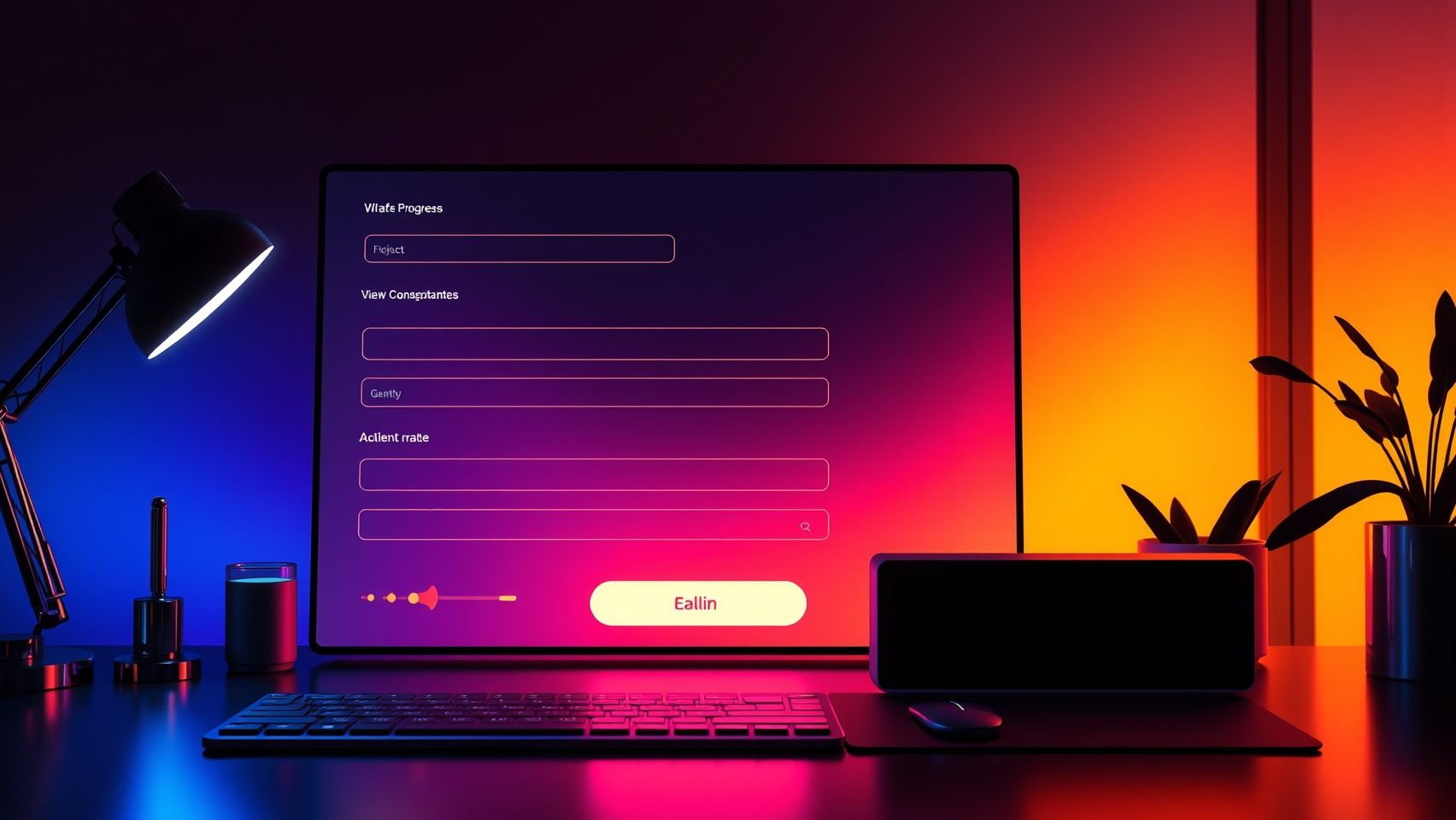Creating high-converting web forms is one of the most powerful ways to collect leads, grow your business, and improve customer interaction on your website. A well-structured web form can help shop owners, freelancers, service providers, and online sellers in India get more inquiries, signups, and feedback without wasting time. If your form is too long or confusing, people drop off immediately and your conversions go down. But when you design simple, user-friendly, and mobile-friendly forms, your visitors take quick action. Let us understand step by step how to make web forms that truly convert using easy strategies, tools, and automation.
Why Web Forms Are Important
A web form is not just a box to collect data. It is a digital handshake between your business and your audience. Whether it is a contact form, a signup form, or a payment form, your visitor is showing trust when they start filling it. That is why the experience should be smooth and clear. By optimizing forms, you reduce friction and guide the user to complete the action. For Indian businesses, especially small town shops and service providers, a simple lead capture form can double the customer inquiries.
Common Mistakes in Web Forms
- Asking too many questions in the first stage
- Using confusing terms instead of simple words
- No clear call to action button
- Not optimized for mobile screens
- Slow loading form or broken validation
How to Create High-Converting Web Forms
The key is to design forms that are short, relevant, and trustworthy. Here are practical steps you can apply today.
1. Keep It Short and Simple
Ask only what you really need. For example, a local tuition teacher in Pune should only collect name, phone number, and subject of interest. Extra details like age, address, or school name can be collected later. Fewer fields mean more conversions.
2. Use Clear Labels and Structure
Every input field should have a simple label. For example: Name, Mobile Number, Email ID. Avoid technical terms. Use placeholder text only for hints, not as a replacement for the label, so users understand easily.
3. Add a Strong Call to Action
Your submit button should have action text like Get My Free Quote, Start Learning Today, or Book My Demo instead of a boring Submit. Strong call to action increases clicks.
4. Make It Mobile First
Most users in India access websites on smartphones. So your web form should fit perfectly on small screens. Big font size, clickable fields, and no unnecessary scrolling are key to improving conversions.
5. Trust Signals and Privacy Assurance
People feel scared to share information online. Add a short line below your form saying We respect your privacy and never share details. You can also add social proof like Already trusted by 500+ local customers to build trust.
Best Tools to Build Web Forms
You do not need to code everything. Many easy online tools allow you to create high-converting web forms within minutes. Here are some popular options:
| Tool | Best For | Special Features |
| Google Forms | Beginners | Free, simple, shareable links |
| Typeform | Engaging surveys | Conversational forms, high design quality |
| JotForm | Businesses | Integrations, payment options |
| n8n automation | Advanced users | Connect forms with WhatsApp, Google Sheets instantly |
Integrating Web Forms with Automation
Forms are just the entry point. The real magic happens when you connect them with automation. For example, when a user fills a form on your website, you can use WhatsApp API to send an instant thank you message. You can also connect with Google Sheets so all leads are saved in one place. With tools like n8n, these workflows run smoothly without coding.
Mini Guide: Automating Lead Collection
- Create a signup form using Google Forms or JotForm.
- Connect it with n8n workflow.
- Trigger: New entry received.
- Action: Add data to Google Sheet and send WhatsApp greeting.
- You now have an automated lead collection system running 24x7.
Using AI to Improve Web Forms
AI tools like ChatGPT can help you write engaging form headings, auto-reply messages, and even FAQs. Suppose you run a local salon. Instead of only asking for appointment date, you can add smart suggestions like Would you like to choose a stylist or time slot. This reduces back and forth communication.
Web Forms for Different Businesses
Every business can benefit from forms if implemented smartly.
- Local shops can use forms for home delivery bookings
- Freelancers can use forms for project inquiries
- Doctors and clinics can use appointment forms
- Coaching classes can use admission inquiry forms
- Ecommerce sites can use feedback and return request forms
Testing and Improving Conversions
Do not assume your form is perfect. Test different headings, button colors, and number of fields. This process is called A/B Testing. Even a small change in words can improve conversion rate. For example, changing button text from Submit to Get Free Estimate may increase leads by 20 percent.
Practical Example: A Small Business
Imagine a catering business in Nagpur. Earlier they used only phone calls for orders. Many calls got missed. Now they added a short form: Name, Mobile, Date of Event, and Menu Preference. They linked this with WhatsApp messages using automation. Result: They never miss a lead, customers feel confident, and overall sales increase. This shows the power of a good form setup.
Niranjan Yamgar Final Thoughts
Making high-converting web forms is not about design beauty, it is about making it easy for people to take action. If you keep your forms simple, mobile-friendly, connected with automation, and built on trust, your conversion rate will grow naturally. Always test small improvements and keep learning. If you ever feel stuck, you can connect with an expert who guides businesses as a top digital growth partner. Stay focused on user experience, and your forms will turn visitors into real customers. Best wishes for your success.
